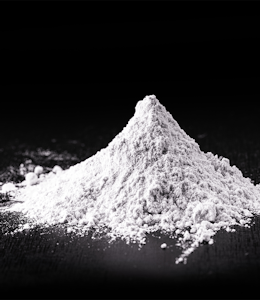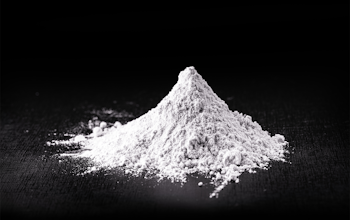What you need to know about Acrylamide

Many people know it’s not good for foods to contain too much of it, but what actually is acrylamide and how do you avoid food products having an excessive amount? We have everything you need to know...
What is acrylamide?
Acrylamide is a chemical substance capable of causing certain damages to the human body if there is a large amount of exposure. It is naturally formed when starchy foods are cooked at high temperatures (above 120°C). This can be from various methods, including:
- Baking
- Frying
- Grilling
- Toasting
- Roasting
It is caused by a process called the Maillard Reaction.
What is the Maillard Reaction?
The chemical reaction that causes acrylamide is called the Maillard Reaction. This occurs in starchy foods when the water, sugar and amino acids combine, creating a characteristic flavour, texture, colour and smell.
What are the foods you are most likely to find acrylamide in?
Some of the most common foods you may see acrylamide occurring in are:
- Roasted potatoes
- Roasted root vegetables
- Chips
- Crisps
- Toast
- Cakes
- Biscuits
- Cereals
- Coffee

Is acrylamide bad for you?
It has been found that regularly eating food containing high levels of acrylamide can increase the risk of getting cancer. The Foods Standards Agency (FSA) has suggested that as a precautionary measure the amount of acrylamide consumed by individuals should be reduced.
How can the amount of Acrylamide in a food be reduced?
Whilst it is virtually impossible to remove all acrylamide from cooked starchy foods, there are some changes that can be made to reduce the levels.

These include:
- The choice of ingredients - e.g. crisps (and other fried products) made from potato dough can contain 20% less acrylamide than those made from fresh potato.
- Toasting bread for 5 minutes instead of 3 minutes can increase the levels of acrylamide from 31µg/kg to 118µg/kg (depending on the bread type and temperature of the toaster).
- When frying, baking, toasting or roasting starchy foods, aiming for a golden yellow colour or lighter.
What is the legislation around acrylamide?
Changes to the EU legislation on acrylamide are currently being considered, with the drafted new legislation proposing that maximum levels of acrylamide in food could potentially be introduced in 2023. Current acrylamide levels in food and drink products are measured against a benchmarking system, where Manufacturers should aim for “As Low As Reasonably Achievable (ALARA) acrylamide” levels.
Whilst it’s possible we may not see any change to the legislation on acrylamide in the near future, any updated information is likely to be published mid 2022. You can find out more on the subject here.




